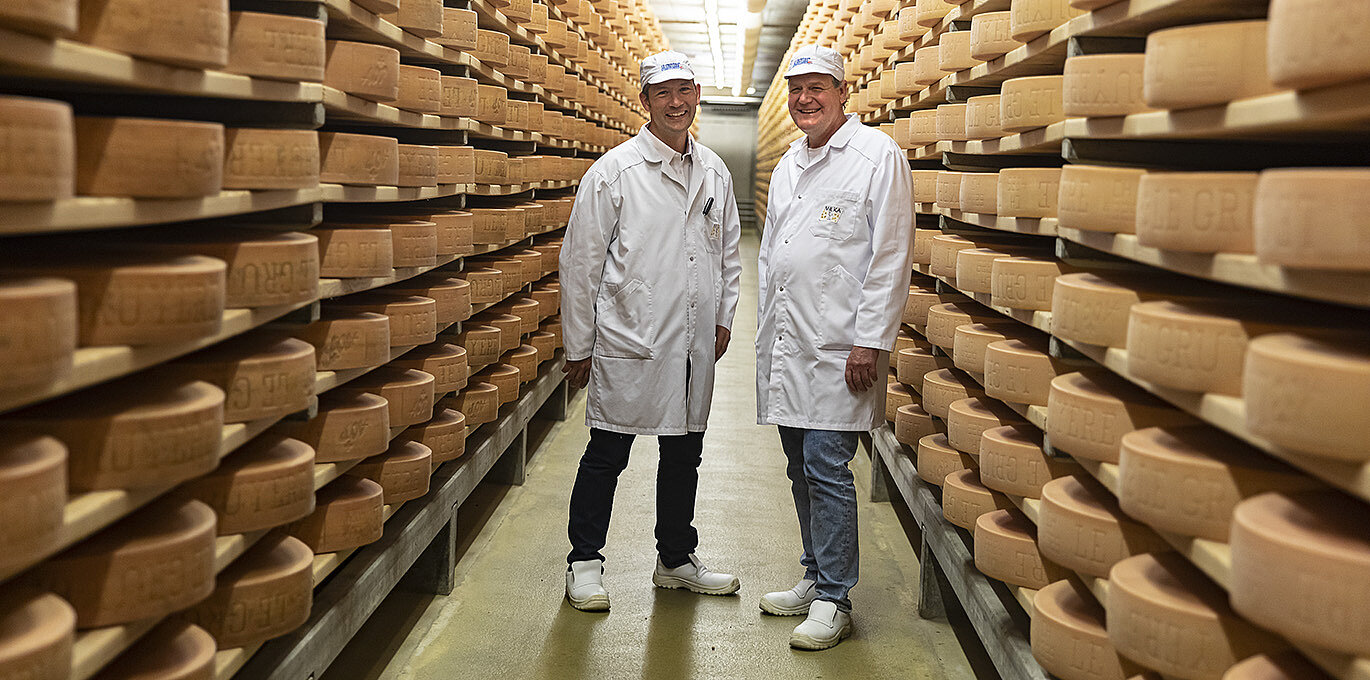Exactly How Floridia Cheese Melbourne Sets the Requirement for Neighborhood Cheese Makers
Exactly How Floridia Cheese Melbourne Sets the Requirement for Neighborhood Cheese Makers
Blog Article
Unlocking the Keys of Artisanal Cheese Making: A Step-by-Step Do It Yourself Overview
In the realm of cooking workmanship, artisanal cheese making stands as a testimony to the fragile equilibrium in between custom and development. As we begin on this journey to demystify the art of producing exquisite cheeses, we are faced with a tapestry of skills and secrets waiting to be untangled.
Selecting the Right Milk
When beginning on the journey of artisanal cheese production, the choice of milk plays an essential duty in figuring out the quality and features of the final item. The type of milk picked impacts the taste, texture, and on the whole profile of the cheese.
In addition, the source of the milk, whether from cows, goats, sheep, or buffalo, contributes unique tastes and attributes to the cheese. Each type of milk brings its own nuances, permitting for a vast array of cheese ranges to be crafted based on the chosen milk.
Culturing and Coagulating
To start the cheese-making procedure, the crucial steps of culturing and coagulating must be thoroughly carried out to change milk right into curds and whey. Culturing entails presenting valuable microorganisms to the milk, which after that starts the fermentation procedure. These germs convert lactose (milk sugar) into lactic acid, creating the acidic environment necessary for coagulation. The sort of culture made use of can significantly impact the taste, appearance, and ripening of the final cheese item.

The timing and temperature control during culturing and coagulation are essential variables that influence the final end result of the cheese. Correct execution of these actions is vital to make sure the desired appearance, flavor, and consistency of the artisanal cheese being generated.
Draining and Pushing Curds
After the milk proteins have actually coagulated and the curds have been reduced to release whey, the following essential action in artisanal cheese making involves draining pipes and pushing the curds to attain the preferred appearance and consistency of the last cheese item. Draining is the procedure of separating the curds from the whey. This can be done by transferring the curds right into a cheesecloth-lined bowl-shaped sieve or mold and mildew and enabling the whey to drain pipes off naturally. The moment for draining pipes can vary relying on the sort of cheese being made and the preferred dampness content.
As soon as the curds have actually sufficiently drained pipes, the next step is pushing. Pushing aids expel any type of staying whey and compacts the curds to create a strong cheese wheel. Pressing can be done using specialized cheese presses that apply regular and mild stress over a period of time. The duration and pressure applied during pressing will influence the last structure of the cheese, from creamy and soft to hard and firm. Appropriate draining and pressing are crucial actions that considerably influence the high quality and qualities of the artisanal cheese being created.
Aging and Flavoring Strategies
Applying meticulous aging and flavor techniques is essential in enhancing the deepness and intricacy of artisanal cheeses, elevating their preference accounts to splendid degrees of refinement and class. Aging plays a critical function in creating the distinct tastes and appearances that distinguish artisanal cheeses.
Seasoning strategies also contribute dramatically to the final taste of artisanal cheeses. Cheesemakers might select to present added tastes by incorporating components such as natural herbs, seasonings, or even fruits into the cheese during the manufacturing process. Furthermore, some cheeses are cleaned or massaged with various liquids, such as brine or alcohol, to improve their appearances and flavors.
Wrapping and Storing Cheeses

Verdict
To conclude, understanding the art of artisanal cheese making involves very carefully selecting the ideal milk, adhering to accurate culturing and coagulating procedures, draining and pressing curds properly, and utilizing different aging and flavor techniques. By complying with these steps diligently and with interest to information, you can develop your own tasty and one-of-a-kind cheeses at home. Keep in mind to cover and save your cheeses correctly to make certain optimal taste and structure growth. Happy cheese making!
Each type of milk brings its own nuances, allowing for a broad variety of cheese ranges to be crafted based on the selected milk.After the milk proteins have coagulated and Cheese Makers Melbourne the curds have been cut to launch whey, the following crucial step in artisanal cheese making involves draining pipes and pushing the curds to attain the desired appearance and uniformity of the last cheese item. Many cheeses ought to be wrapped in wax paper or cheese paper to allow them to take a breath while protecting them from drying out. For cheeses that require to proceed aging, such as bloomy peels or washed rinds, ensure they are saved in a trendy environment like a cheese cavern or a fridge set to the appropriate temperature level. By paying focus to the wrapping and storage of artisanal cheeses, cheese manufacturers and fanatics can protect the integrity of these specials and totally enjoy their complex tastes.
Report this page